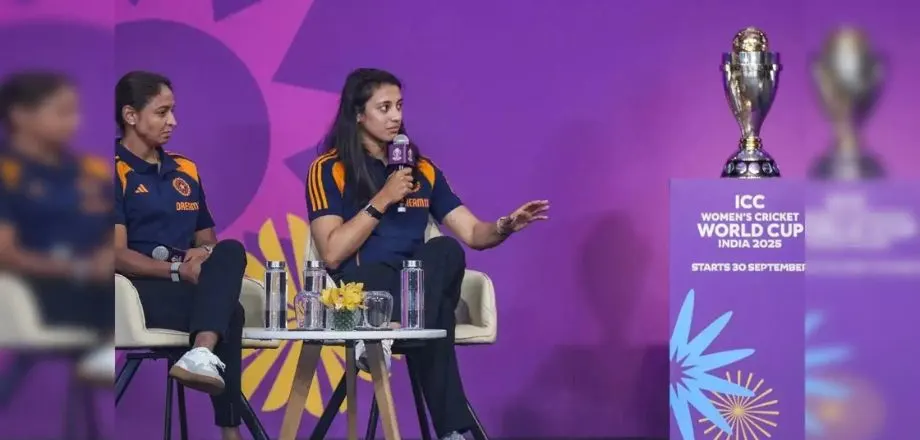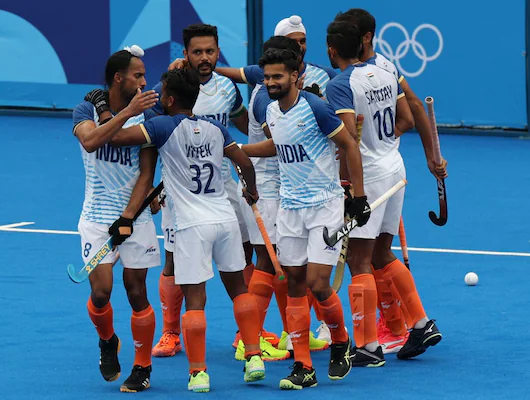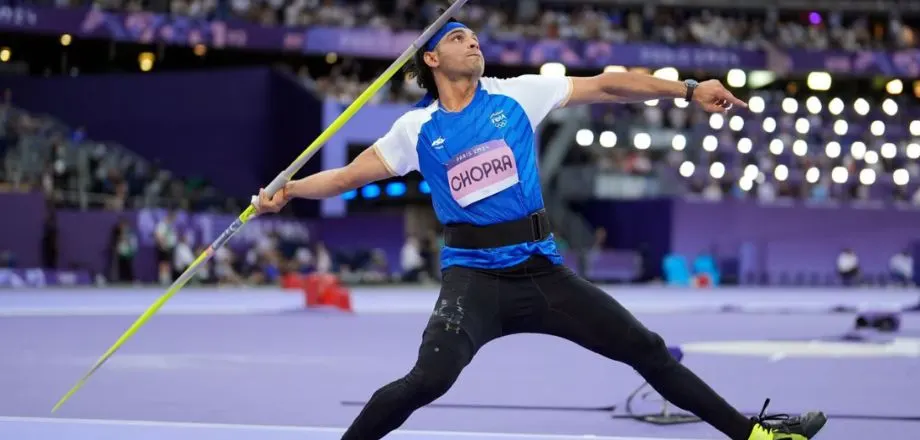ICC Women’s ODI World Cup: Champions to get nearly ₹40 cr. pay cheque, biggest ever in tournament’s history
The landscape of women’s cricket is undergoing a transformational shift, and the International Cricket Council (ICC) has taken another significant step in closing the gender gap in sports. In a historic move, the ICC announced that the champions of the upcoming ICC Women’s ODI World Cup will receive a staggering pay cheque of nearly ₹40 crore (approximately USD 5 million), marking the biggest prize money ever awarded in the tournament’s history. This landmark decision reflects not only the growing popularity of women’s cricket but also the global push for equality in sports. Here’s a comprehensive look at what this means for the game, its players, and the future of women’s cricket. A Historic Pay Day for Women’s Cricket The ICC’s announcement of the record-breaking prize money is a part of its broader initiative to promote parity between men’s and women’s cricket. In previous editions, the prize pool for the women’s tournament was significantly lower than the men’s counterpart. For example, during the 2022 Women’s ODI World Cup in New Zealand, the total prize pool was around USD 3.5 million (₹29 crore approx.), and the winners received roughly USD 1.32 million (₹11 crore approx.). Fast forward to the next edition, and the champions will now take home nearly ₹40 crore, a bold increase that not only brings attention to the growing stature of the game but also gives women cricketers the recognition and financial support they deserve. Why This Matters: Breaking Barriers Cricket, like many other sports, has traditionally seen a significant disparity in terms of investment, infrastructure, media coverage, and remuneration between men and women. For years, female cricketers have had to perform at the highest levels while often earning only a fraction of what their male counterparts receive. This record-breaking prize pool is not just about money—it’s about sending a message. A message that women’s cricket is not secondary, that their achievements matter, and that their tournaments can attract just as much global interest, viewership, and revenue as men’s events. Key Figures at a Glance: What Led to the Increase? There are several contributing factors behind the ICC’s decision to raise the prize money: Player Reactions The response from the cricketing community has been overwhelmingly positive. Top women cricketers like Meg Lanning, Harmanpreet Kaur, Alyssa Healy, and Smriti Mandhana have expressed their appreciation for the ICC’s commitment to the growth of the women’s game. Harmanpreet Kaur, captain of the Indian women’s team, said in a recent interview: “This is a huge moment for us. We’ve worked hard for years to get women’s cricket where it is today. Such recognition motivates us even more to give our best on the field.” Impact on Future Generations This increase in prize money isn’t just rewarding the current generation of cricketers—it’s inspiring the next. Young girls around the world who dream of playing cricket professionally can now see a future where they’re not just playing for pride, but also for prosperity. Financial rewards like these also encourage better infrastructure, coaching, and support systems at the grassroots level. When cricket boards and local associations see the economic potential in women’s cricket, they’re more likely to invest in it. Looking Ahead: A New Era for Women’s Cricket The 2025 ICC Women’s ODI World Cup promises to be more than just a tournament—it could be a watershed moment in sports history. With increased media coverage, packed stadiums, enhanced production quality, and now a historic prize pool, the event is poised to draw millions of viewers and solidify the global status of women’s cricket. The ICC has also hinted at more structural changes aimed at parity, including: Final Thoughts The ICC’s decision to award nearly ₹40 crore to the champions of the Women’s ODI World Cup is a groundbreaking move that sends a powerful message: Women’s cricket is not a sideshow—it’s the main event. As the sport continues to evolve and break barriers, this is a moment worth celebrating. It’s not just a victory for women’s cricket, but for sport, equality, and ambition everywhere. To stay updated with the latest blog, subscribe to the theinvestmentdiary.



